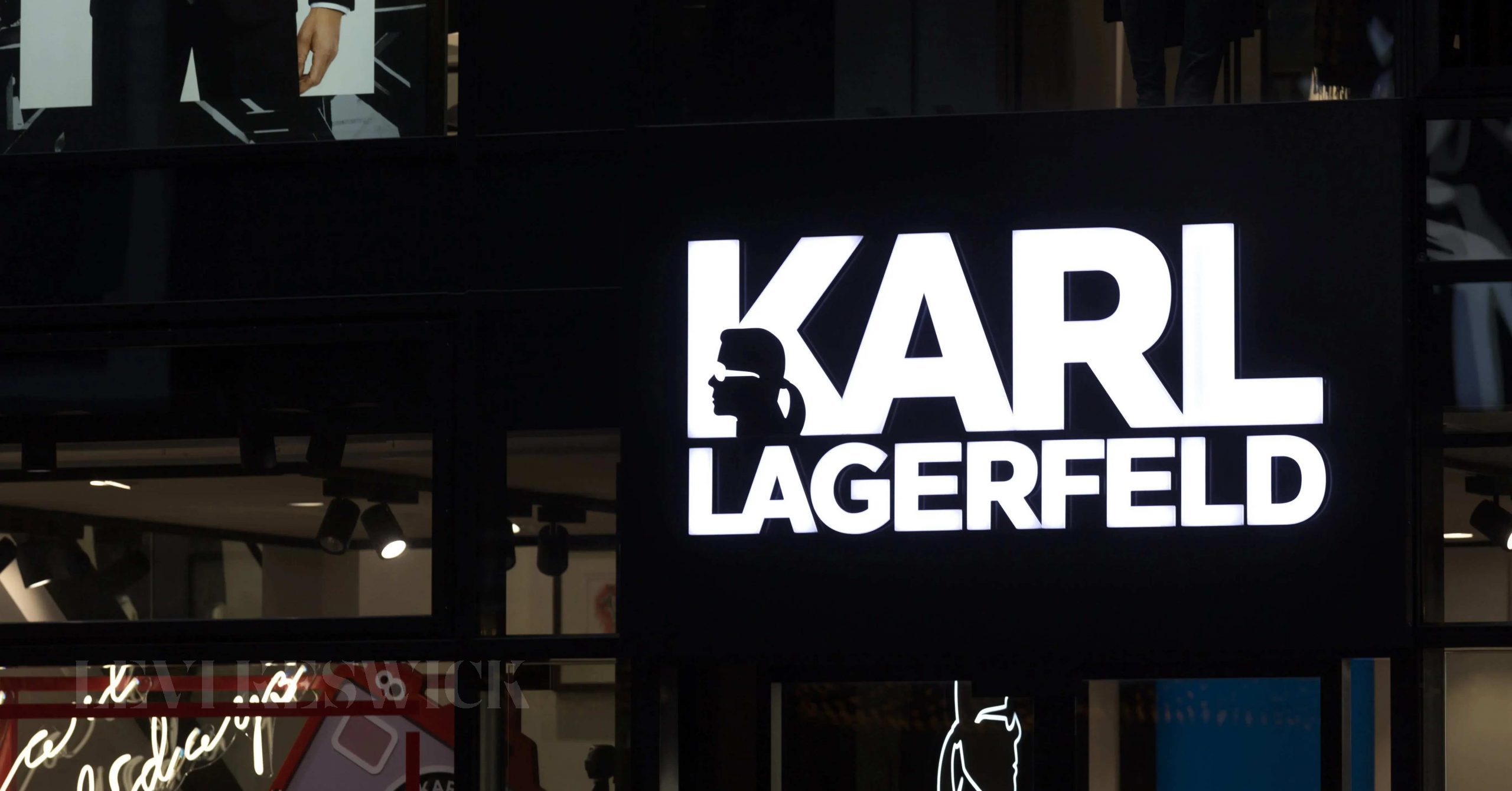Key Takeaways:
- The history of the Karl Lagerfeld brand places it at an interesting intersection between high-end luxury and affordability.
- The brand’s product offerings and celebrity clientele evoke an image of luxury, but the pricing tells a more nuanced story.
- The post-Lagerfeld era of the brand leans into sustainability and consumer awareness, suggesting a new generation of luxury.
- The future of the brand seems to hinge on its ability to balance traditional luxury with the changing tides of consumer demands.
The Roots of Karl Lagerfeld’s Legacy
Karl Lagerfeld was a name that resounded with the clangor of high fashion. As the creative mind behind the luxurious houses of Chanel and Fendi, Lagerfeld’s designs have long been associated with the pinnacle of sophistication. However, when it comes to his eponymous brand, Karl Lagerfeld Paris, the boundaries between luxury and affordability start to blur. Founded in 1984, the brand arrived at a time when Lagerfeld had already established himself as a leading force in the fashion industry. Yet, it presented a different vision, one that was deeply rooted in Lagerfeld’s own creative impulses, combining Parisian chic with a rock edge.
A Diverse Portfolio with a Splash of Opulence
Karl Lagerfeld Paris offers an array of products that span from womenswear and menswear to a wide range of accessories, including watches and perfumes. A glance at the brand’s offerings, especially those flaunting the signature Lagerfeld logo, quickly places it into the luxury category in the eyes of the casual observer. Celebrity endorsements further the brand’s allure, with stars like Cara Delevingne, Beyoncé, and Katy Perry donning Lagerfeld creations, further cementing its luxury status in public consciousness.
The Price as the People’s Luxury
Here’s where the definition of “luxury” becomes complex. Unlike Chanel, where price tags can often reach astronomical heights, Karl Lagerfeld Paris positions itself at a more accessible level. A sweatshirt may cost around £150, and jackets can start at £400—clearly above high-street pricing, but not quite at the luxury stratosphere. Essentially, while you’re investing more than you would in fast fashion, you’re not breaking the bank in the way you would for a Chanel jacket or a Fendi bag.
The Post-Lagerfeld Landscape: A New Kind of Luxury
When Lagerfeld passed away in 2019, questions were raised about the future of his namesake brand. With the fashion industry seeing a shift towards more ethical and sustainable practices, and Lagerfeld no longer at the helm, where does the brand stand? In steps the concept of new luxury. Under the guidance of Design Director Hun Kim and Style Director Carine Roitfeld, Karl Lagerfeld Paris seems to be pivoting towards a brand identity that encapsulates what modern luxury is becoming: responsible, accessible, and flexible.
Sustainability: The New Luxury Standard
As the new generation increasingly values sustainability, the brand has made strides to meet these ethical standards. With Amber Valletta serving as the brand’s sustainability ambassador and the ‘Karl Cares’ initiative aiming for net-zero emissions and fair wages, the brand is positioning itself as a luxury brand for the environmentally conscious.
Adapting to the Future Consumer
Collaborations have become a staple in modern fashion, serving to invigorate brand identities and reach new audiences. Karl Lagerfeld Paris seems to be leveraging this through collaborations like CARA LOVES KARL, with long-time muse Cara Delevingne. Such collaborations offer a fresh way for brands to establish their relevance among new generations of consumers.
So, is Karl Lagerfeld a luxury brand? The answer seems to be more complex than a simple yes or no. Karl Lagerfeld Paris occupies a unique space that bridges the traditional definitions of luxury and accessibility, making it a fascinating study in the evolving norms of high fashion. With its focus on sustainability and adaptability, the brand shows us that luxury is not a static concept but one that can adapt and redefine itself for the future.








